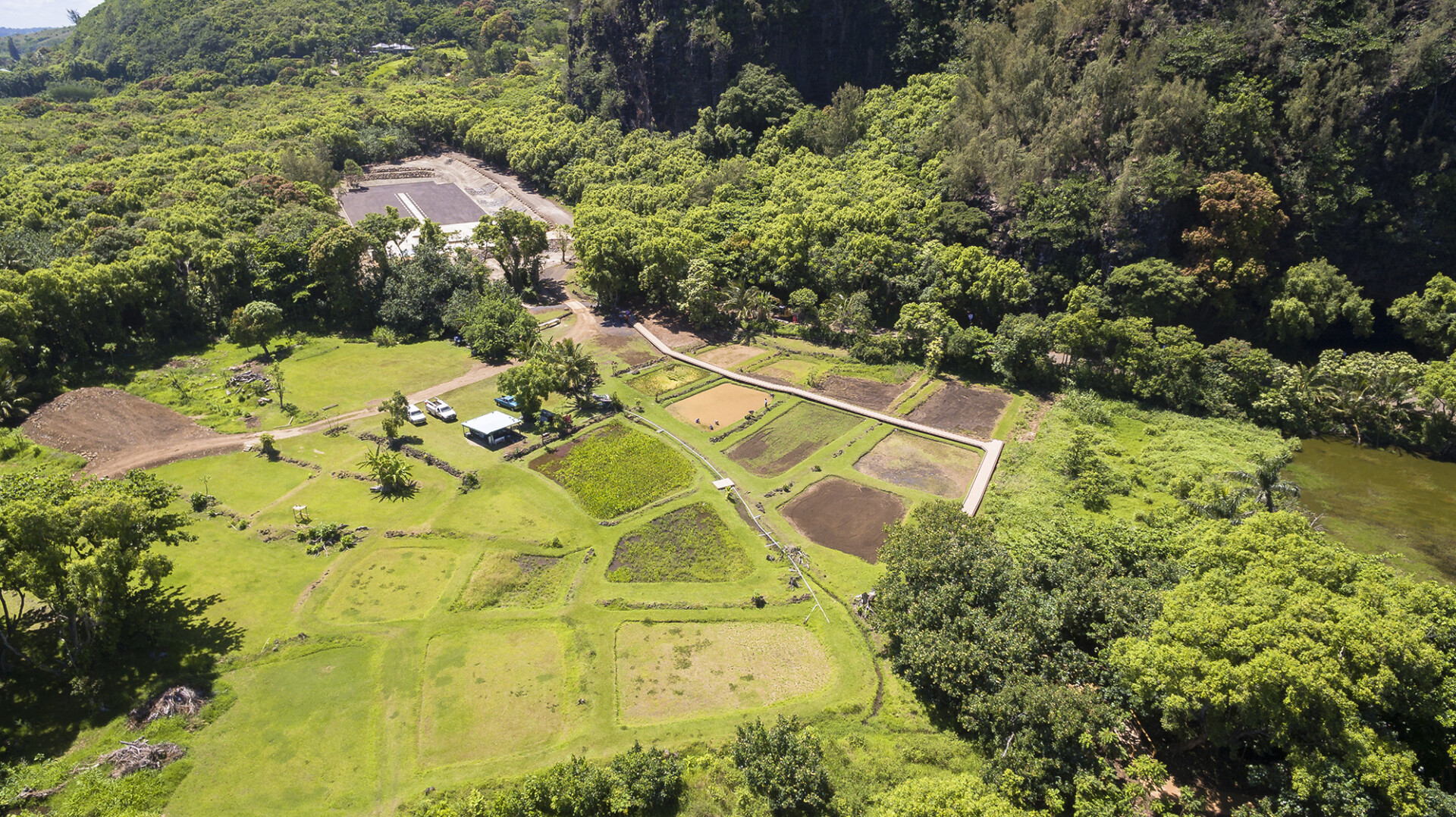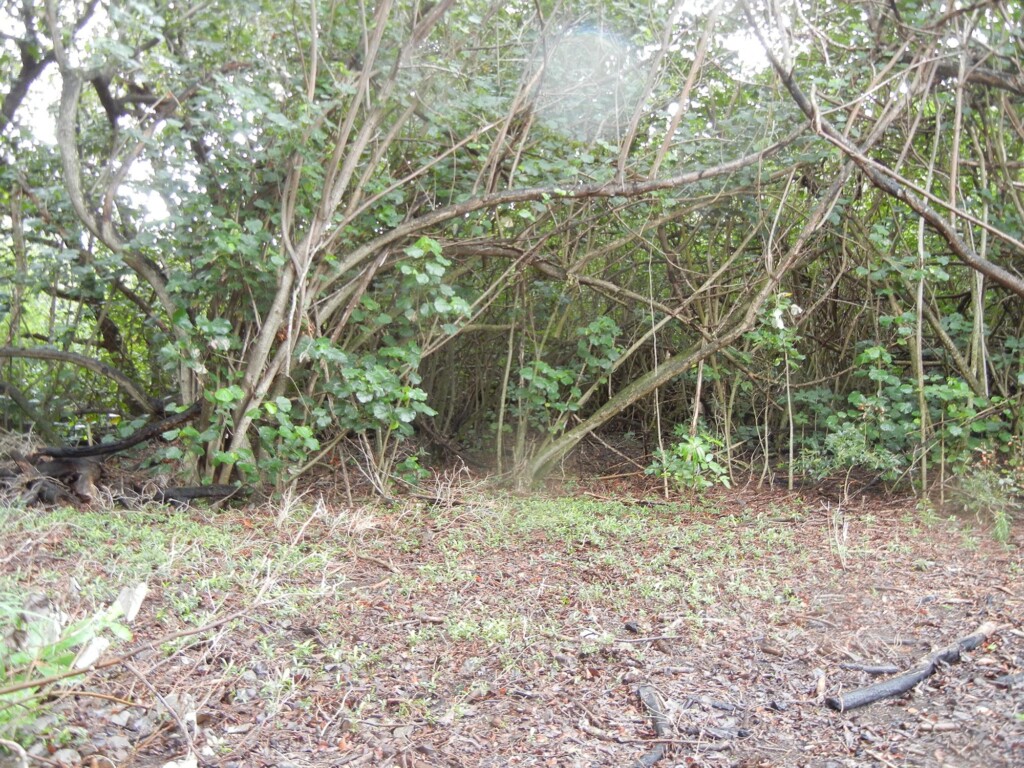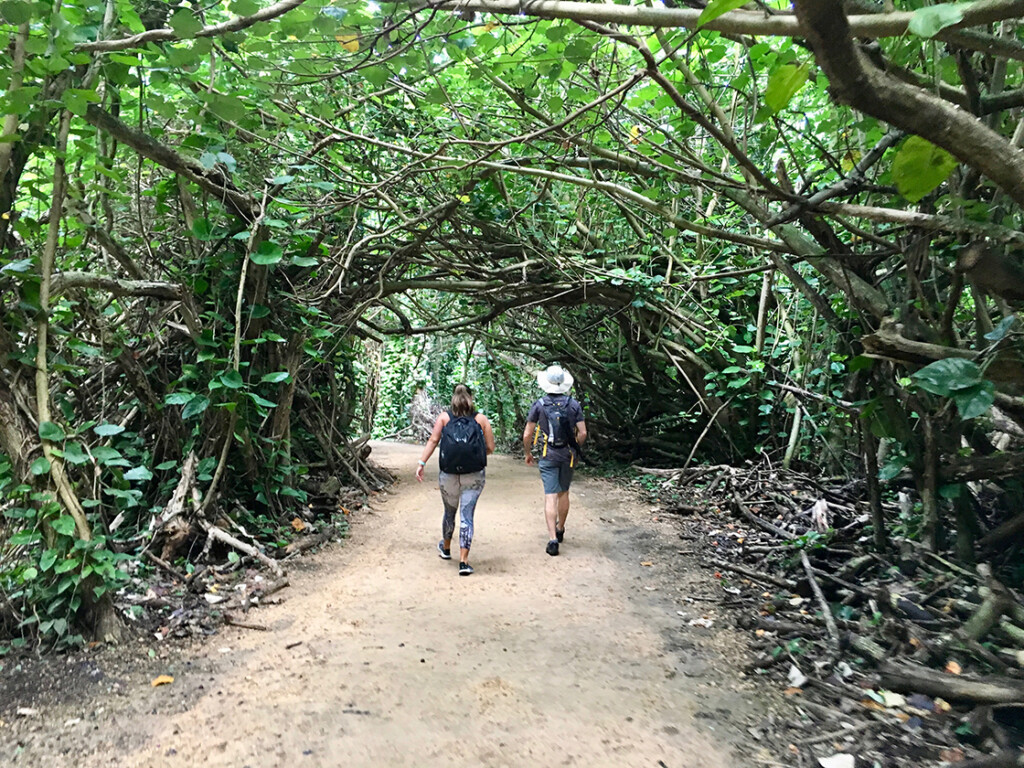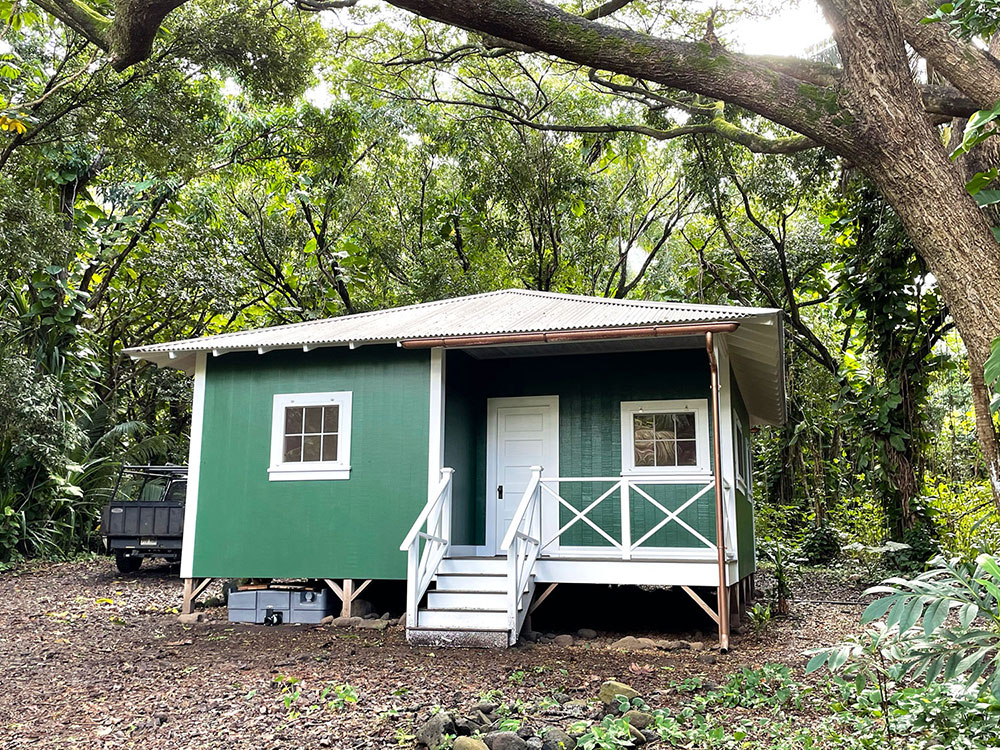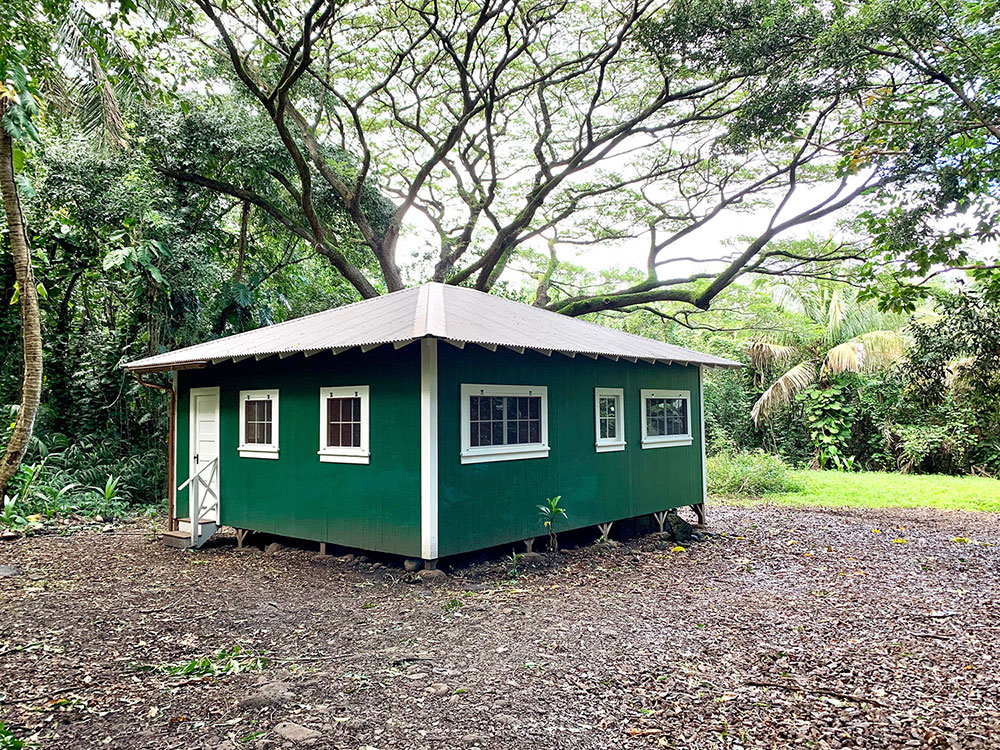By Chipper Wichman
The Hā‘ena State Park Master Plan is an amazing document that captures the vision and dreams of community leaders as well as the leaders of the Division of State Parks. It lays out a comprehensive path to managing visitors and protecting the natural and cultural resources of this sacred area. It has been a long time coming…in fact, I have worked on it for over 30 years and the lead planner, Kimi Yuen from PBR Hawai‘i, who brought this plan over the finish line had two children in the course of completing this epic journey.
To appreciate the scope and importance of this plan you have to understand how abused this area was for over 40 years and how important it is historically and culturally and that it is a destination for almost every visitor that comes to the island of Kaua‘i. While it has been a frustratingly slow process for those of us who have been involved since the start in the early 1990s, in a way time has worked in our favor. Over the past five years the over-tourism that has impacted so many communities in our State has resulted in a steady paradigm shift occurring even at the highest levels of government–we no longer view places like Hā‘ena and Nā Pali as recreational areas that can accommodate ever-increasing visitors; we now view them as finite and impacted and also recognize that the communities that live in these areas have been negatively impacted for decades. We now hear the concepts being thrown around of “regenerative tourism” and “place-based management”. As we emerge for the “great pause” in visitor arrivals in Hawai‘i caused by the pandemic, the public is not only aggressively exploring these concepts as a way forward…in many places they are demanding them!
It is in this context that the Master Plan for Hā‘ena State Park is a real leader. Its evolution and design were not by accident. Kimi is a LEED accredited planner and someone I have worked with in the past to develop the Master Plan for Kahanu Garden in Hāna where Pi‘ilanihale Heiau is located. She understands how sensitive cultural sites are and how protective communities can be of these sites. Her patience and professionalism over the 10 years she worked on the Hā‘ena Plan (2008-2018) were extraordinary and she never lost her cool regardless of how heated the discussions got!!!
Kimi understood the challenges we faced with trying to meet the needs/expectations of the visitors, the State and the community and she helped us all be creative and think of solutions that would work for Hā‘ena. A few pillars of this amazing and progressive Master Plan that I would like to highlight include: reducing the total number of visitors per day to a sustainable number (900), ensuring residents will be able to access the park every day, elevating the value of cultural and historic preservation to that of revenue generation, creating a pathway for community co-management of the Park including generating revenue that will at least partially stay in the Park to improve it, limiting the number of cars that can enter the Park each day thus incentivizing visitors to get out of their rental cars and use a community-operated shuttle service if they want to visit HSP, and much much more. It is these pillars that will continue to make the Hā‘ena State Park Master Plan a leader for decades to come!
I also want to note that none of this would have been possible if State Parks had not engaged in deep and meaningful discussions with the community. Many of these discussions were uncomfortable and at times confrontational but State Parks hung in there. A special call out goes to Alan Carpenter. As an archaeologist working for State Parks in the late 1990s, Alan mapped the agricultural complex in HSP and over the past 20 years has assisted the Hui Maka‘āinana o Makana in undertaking the restoration of the cultural landscape in the Park, which is a hallmark of the Park today. Alan has long been a champion of community-based stewardship and over the years has risen to the rank of Assistant Administrator. Alan and DSP Administrator Curt Cottrell were staunch champions of the Master Plan and without their support and many years of engagement, the Master Plan we now are celebrating with this award may never have been completed. Alan and Curt, much mahalo for your vision and willingness to take these bold steps forward!
I close my comments today with an ōlelo no‘eau that sums up how I feel about this unique part of our State and how the Hā‘ena State Park Master Plan frames our stewardship responsibility.
He aliʻi ka ʻāina, he kauwā ke kanaka. The land is the chief and we humans are only its servant.
Aloha, Chipper Wichman
Guest Contributor Chipper Wichman, Ph.D., FLS is president of the National Tropical Botanical Garden and is a leading authority in the discovery and conservation of tropical plants. In 2020, he recipient of the American Horticultural Society’s (AHS) Professional Award, which is given to a public garden administrator whose achievements throughout their career have cultivated widespread interest in horticulture. He was named the 4th annual Frank Haines Award honoree for his achievements in cultural and natural resource protection.
- Lo‘i before
- Lo‘i after restoration
- Hau Tree tunnel before
- and after
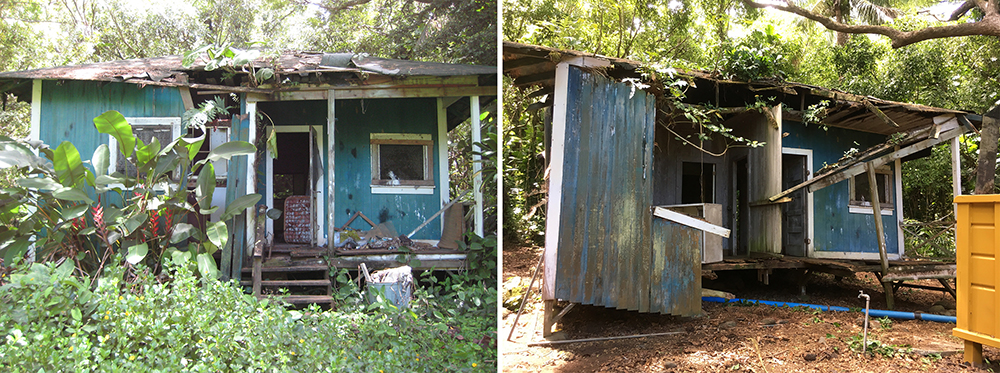
Montgomery House before
- Montgomery House after restoration


